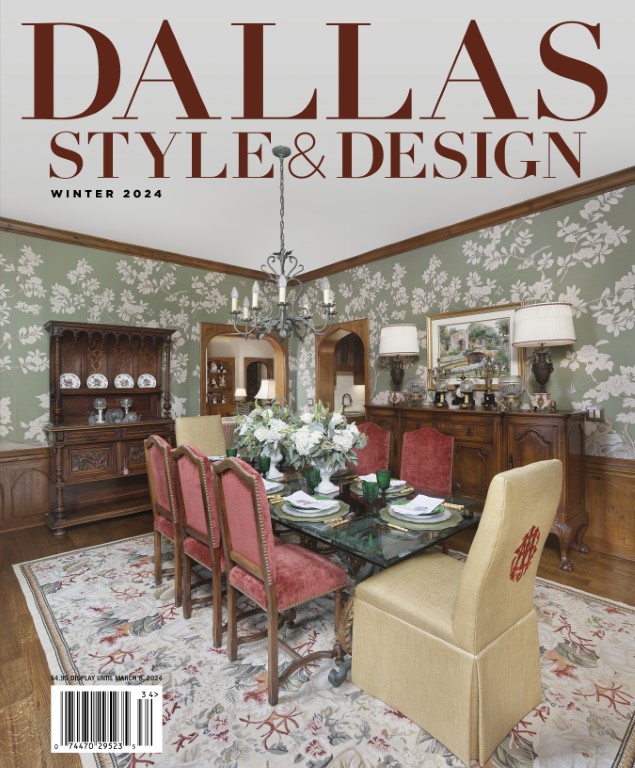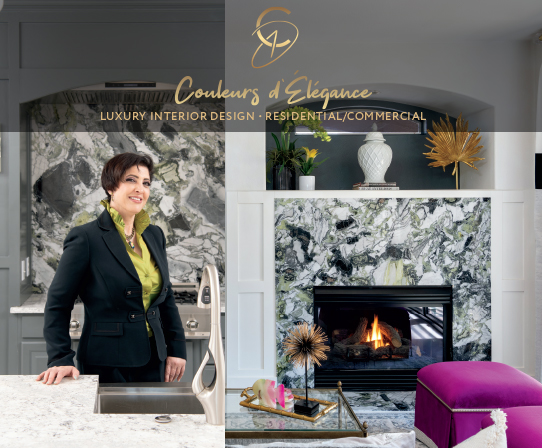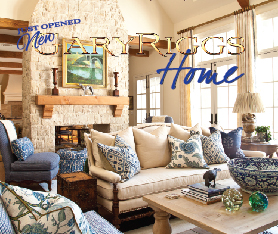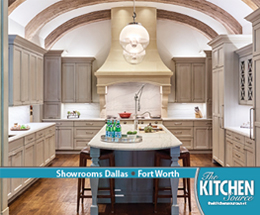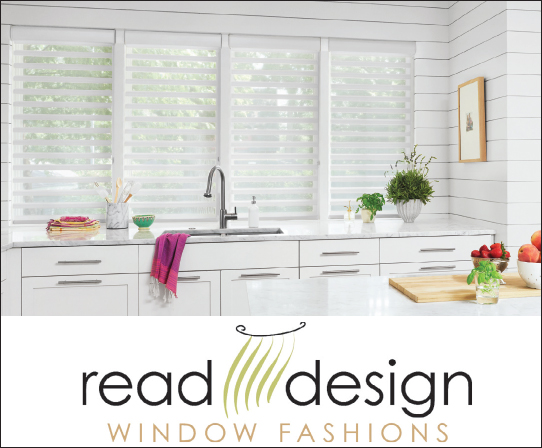Tray Crow, director, interior design, Gulfstream Aerospace, once served as the department chair for interior design at Savannah College of Art and Design (SCAD) and was involved with the interior design of both residential and health care facilities when an opportunity arose that changed his career path. While teaching at SCAD, he was afforded the opportunity to instruct a collaborative design class working on future concepts for Gulfstream. This progressed into joining the company. Dallas Style & Design spoke with Crow about his involvement in the cabin redesign of the G600 during its recent rollout and tour around the nation.
The cabin redesign for the G600 is based on customer feedback. What types of items were customers saying they were looking for?
Gulfstream customers have a wide variety of mission requirements, and through the feedback we received from customers, pilots, maintenance personnel and flight attendants, among many others, we found that flexibility is a common denominator. To that end, we want to provide as many options in the cabin interior design as possible, from seats that can be personalized to offer the best ergonomics to a galley where passengers can choose whether they would like the refrigerator waist-high, for ease of access, or lower down to create more counter space. Some of the specific changes we made in the G600 cabin mock-up include making the side ledges wider for more storage of small personal items and putting sliding lids on storage areas, to create more space. Below the side ledge, we added more storage for things like tablets and laptops, and we added more USB outlets. We made changes to the seat design to enhance comfort. We also added more counter space in the galley, enhanced cabin lighting and installed stone flooring in the entryway and forward lavatory.
Aside from space limitations what other design challenges do you face?
One major consideration to take into account is the fact that Gulfstream customers can spend up to 15 hours at a time on board; we work closely with them to design an interior that is flexible enough to serve as a productive space to work, have a nice meal, unwind over a movie or get a good night’s sleep. When designing the interior of an aircraft, weight and certification factors must always be considered, and that requires us to think creatively and collaborate with the world-class engineers who work at Gulfstream.
Have materials and surfaces changed over the years?
While neutral interiors tend to prevail, we are seeing a rise in interiors with more layering, including a focus on detailed accents, whether that is a highly detailed stitch on a seat accent or a metal inlay in veneer. We’re also introducing new materials, such as stone and wood flooring for select areas, such as the main entryway, galley and/or lavatory.
Can you describe the panoramic windows?
Gulfstream has always had the largest windows in aviation. With the introduction of the G650, we took that a step further, introducing windows that were 16 percent larger than those on previous Gulfstream aircraft. The windows in the G650, G650ER, G500 and G600 are 28 inches across and drive the size of the seating areas. Each seat is aligned to a window, so the larger windows mean more space in each of the seating areas. The Gulfstream signature oval windows are a hallmark of our aircraft. These windows flood the cabin with natural light and provide a stunning, wide-screen view of the world—or sky—outside.
Are there any similarities in aircraft interior design and residence interior design?
Gulfstream’s large-cabin aircraft can fly long distances nonstop, and the cabin becomes an extension of its passengers’ home and office. Our design approach is to help make that transition seamless. With the four living areas that the G600 offers, we can approach the cabin like one would a home, depending on how each space will be used, and ensure the living areas all flow well together—while residences have distinct rooms, you also want to maintain the same feeling within an aircraft.
What does the future hold for aircraft design?
Emerging technologies will affect everything from entertainment to the cabin interface. Advances in efficiency and alternative fuels, innovations in flame-retardant textiles and lighter-weight materials, like carbon fiber, will also have an impact on cabin design.

